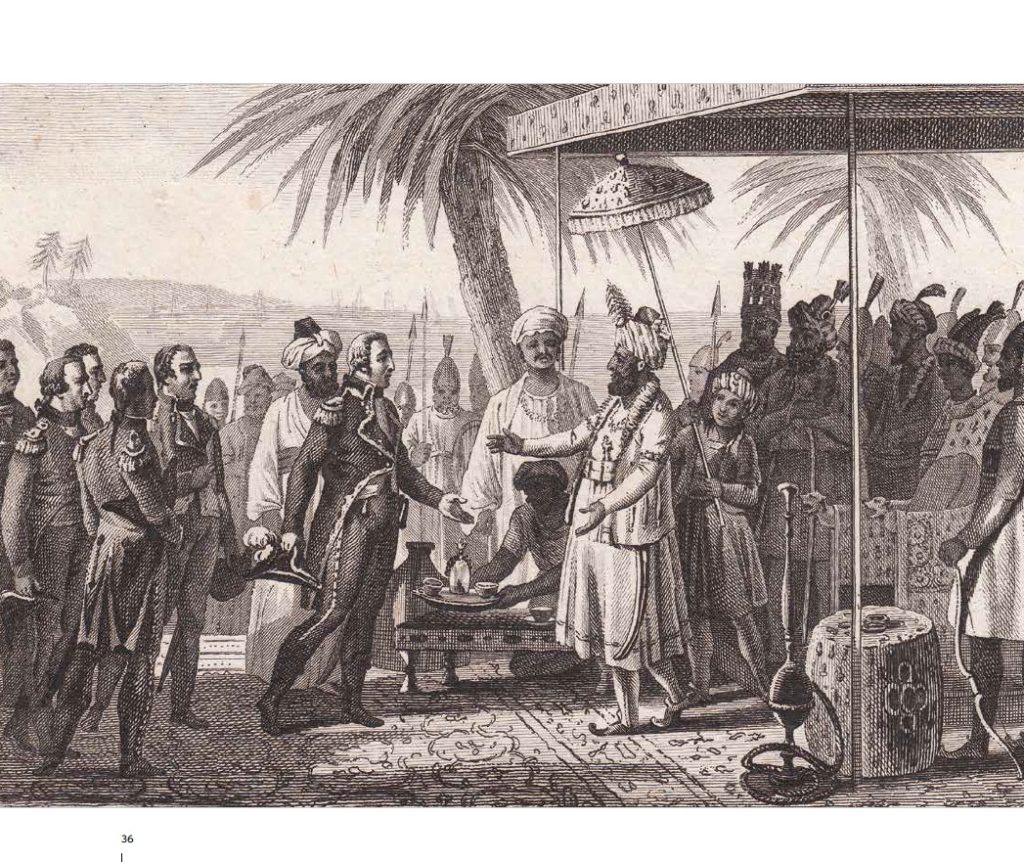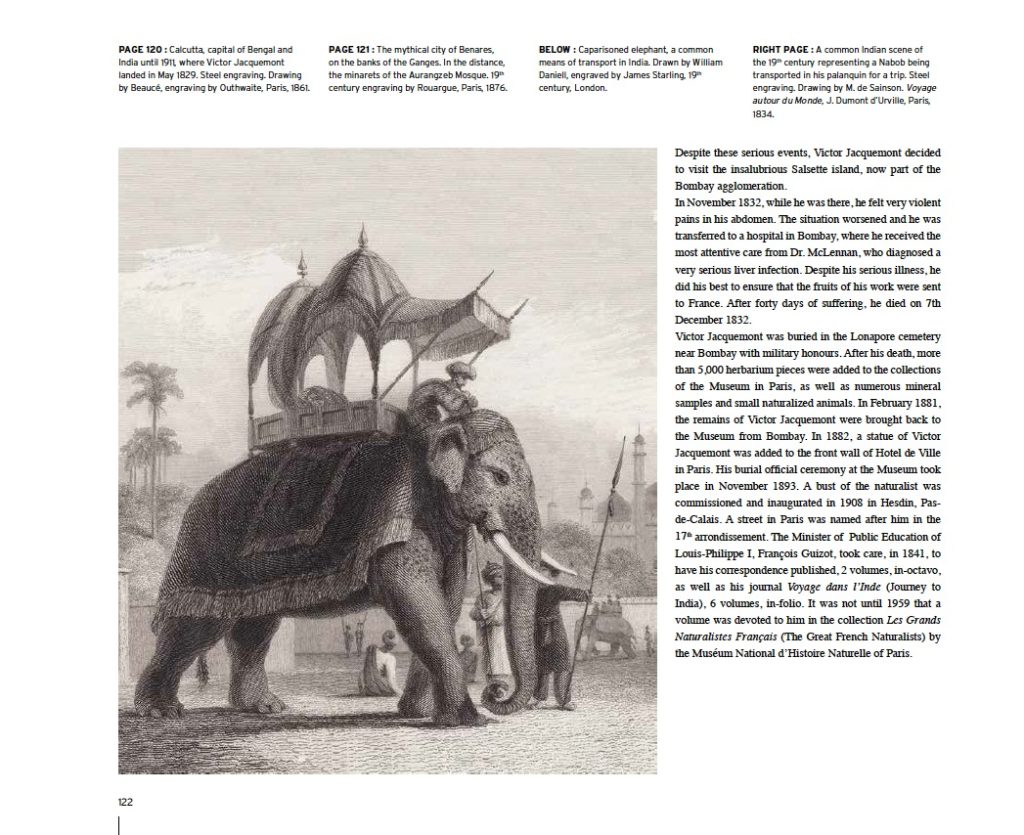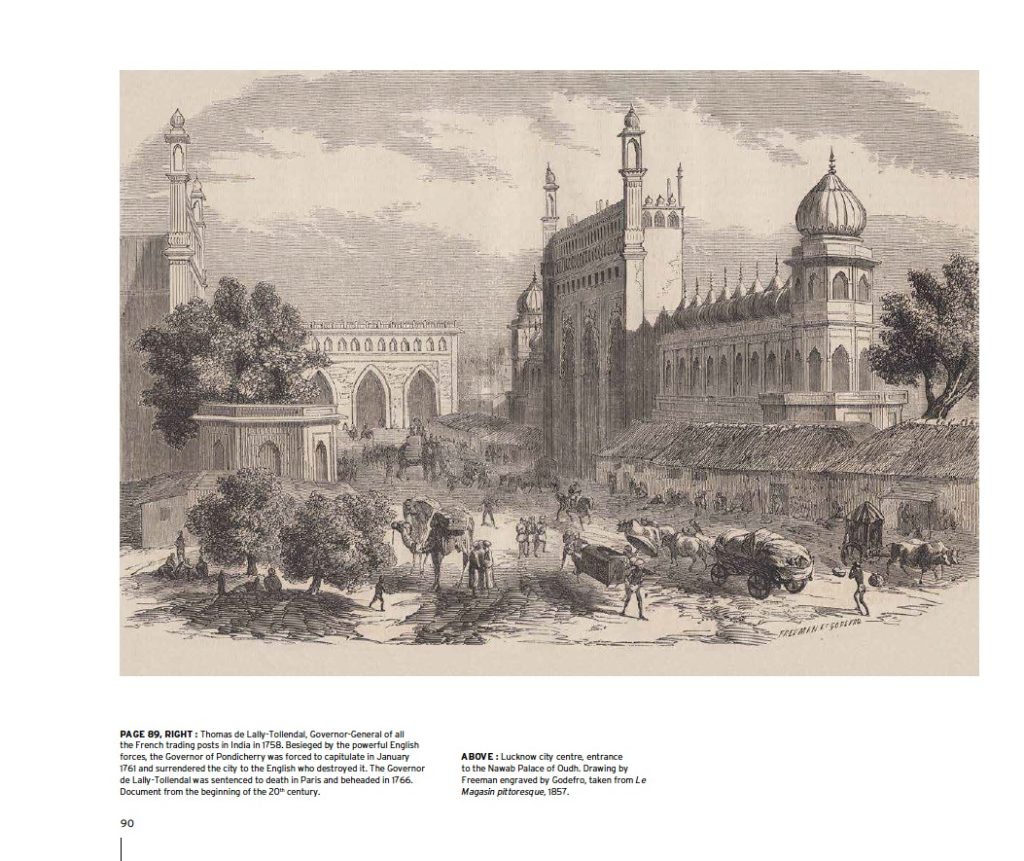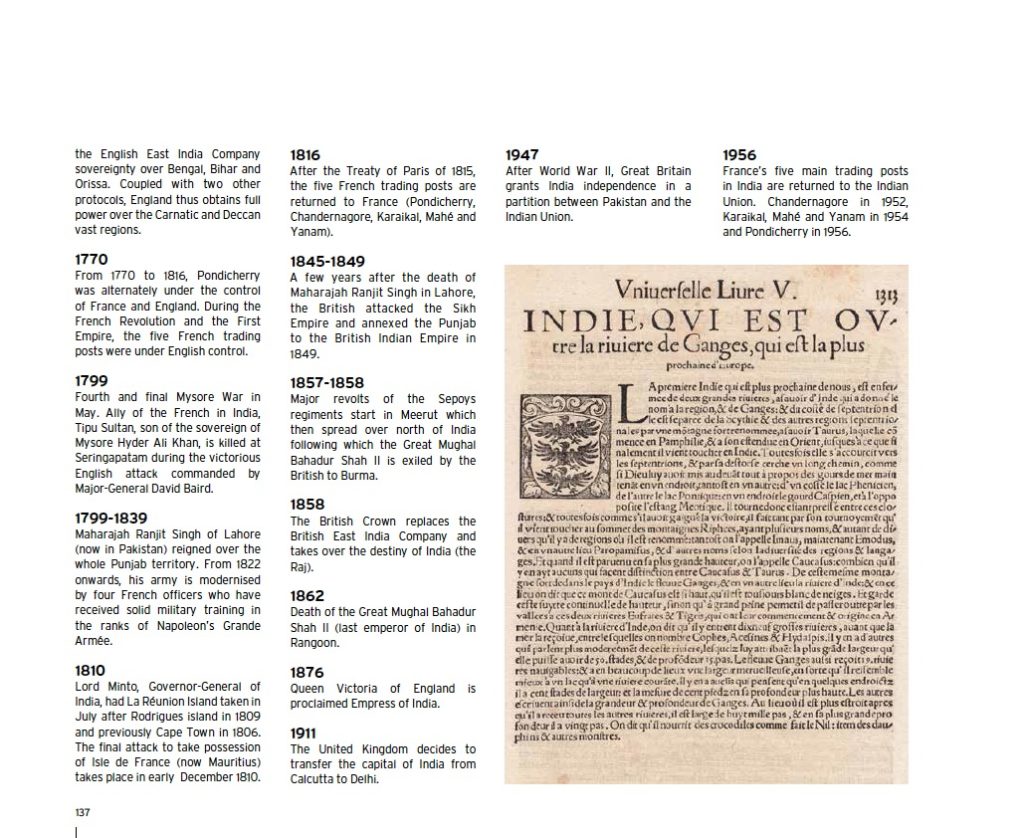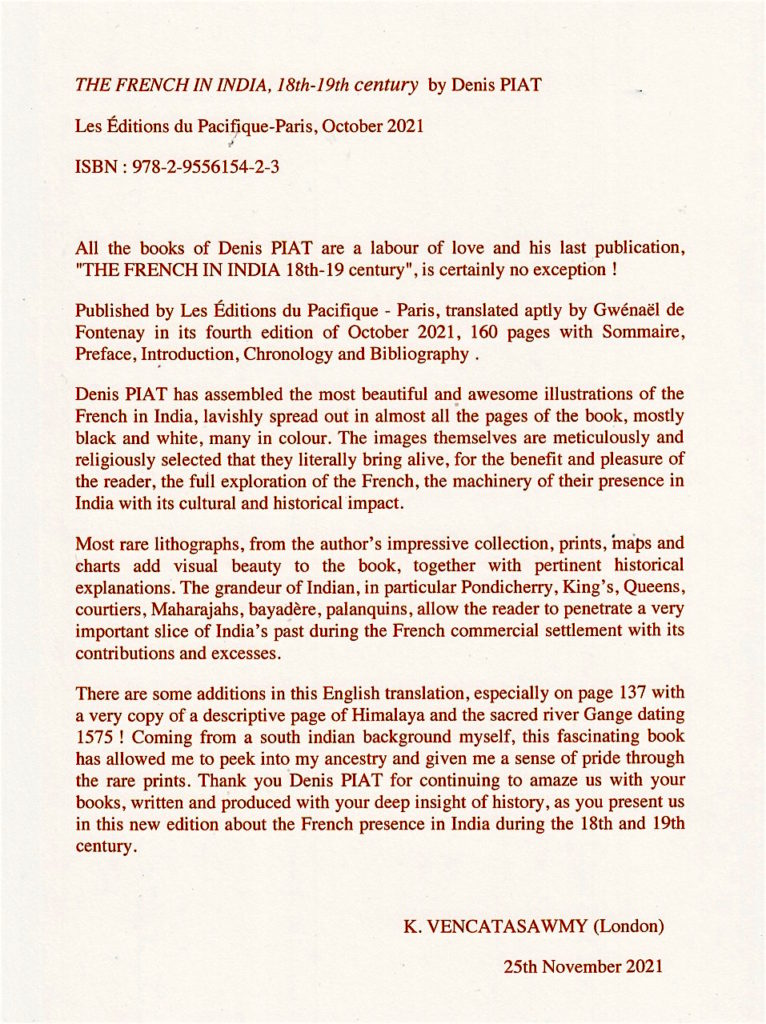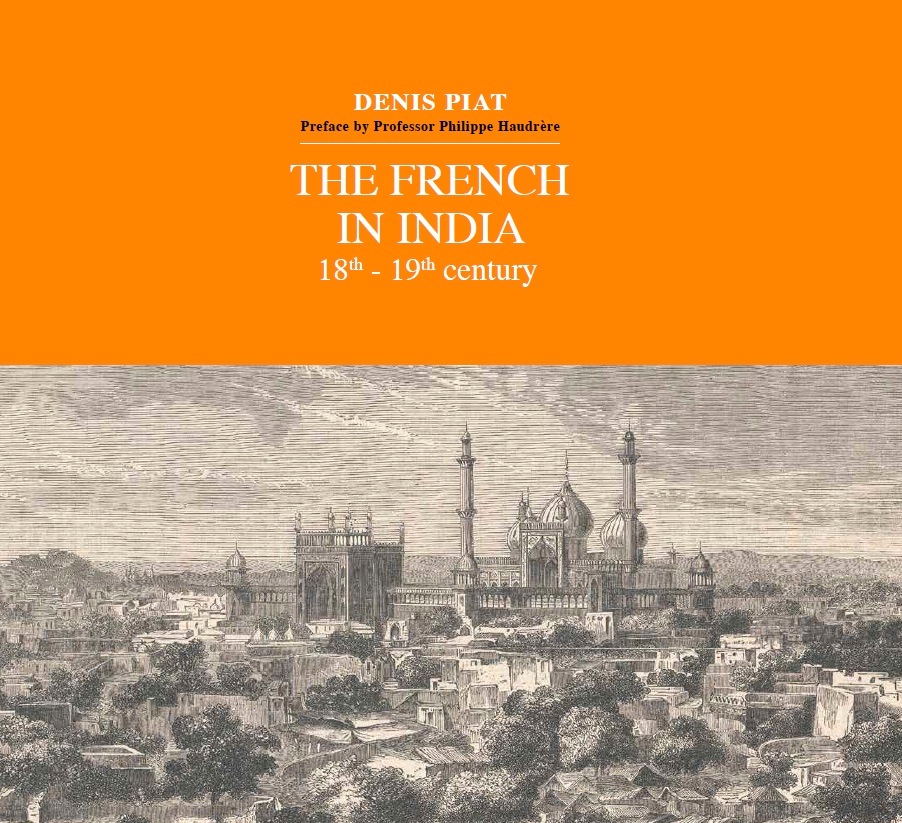Après la version française et à la demande de nombreux amateurs d’histoire à l’île Maurice, Denis Piat a réalisé une version anglaise. Il en a profité pour ajouté quelques éléments historiques.
During the Great Mughals era, France organised its settlement in imperial India. DUPLEIX, LA BOURDONNAIS and SUFFREN distinguished themselves in the course of the 18th century. Subsequently, several officers of the Ancien Régime, such as René MADEC, Claude MARTIN and Benoît de BOIGNE, put themselves at the service of Indian princes and took command of their powerful armies.
At the beginning of the 19th century, Jean-François ALLARD and Jean-Baptiste VENTURA presented themselves to the Maharajah RANJIT SINGH in Punjab, followed by Paolo AVITABILE and Claude-Auguste COURT. They all became brilliant generals.
During the same period, the young naturalist Victor JACQUEMONT was sent by the Paris Natural History Museum to the Himalayan foothills where he met his compatriots in Punjab.
Through captivating stories, Denis PIAT brings out of oblivion these exceptional Frenchmen through their portraits together with nearly two hundred old engravings representing the architectural splendours of the thousand-year-old India…
Ce livre est disponible dans toutes les bonnes librairies de l’île Maurice et bientôt en France, à Paris, aux éditions du Pacifique, 5 rue Saint-Romain 75006.
A la page 42 figure notre Illustre
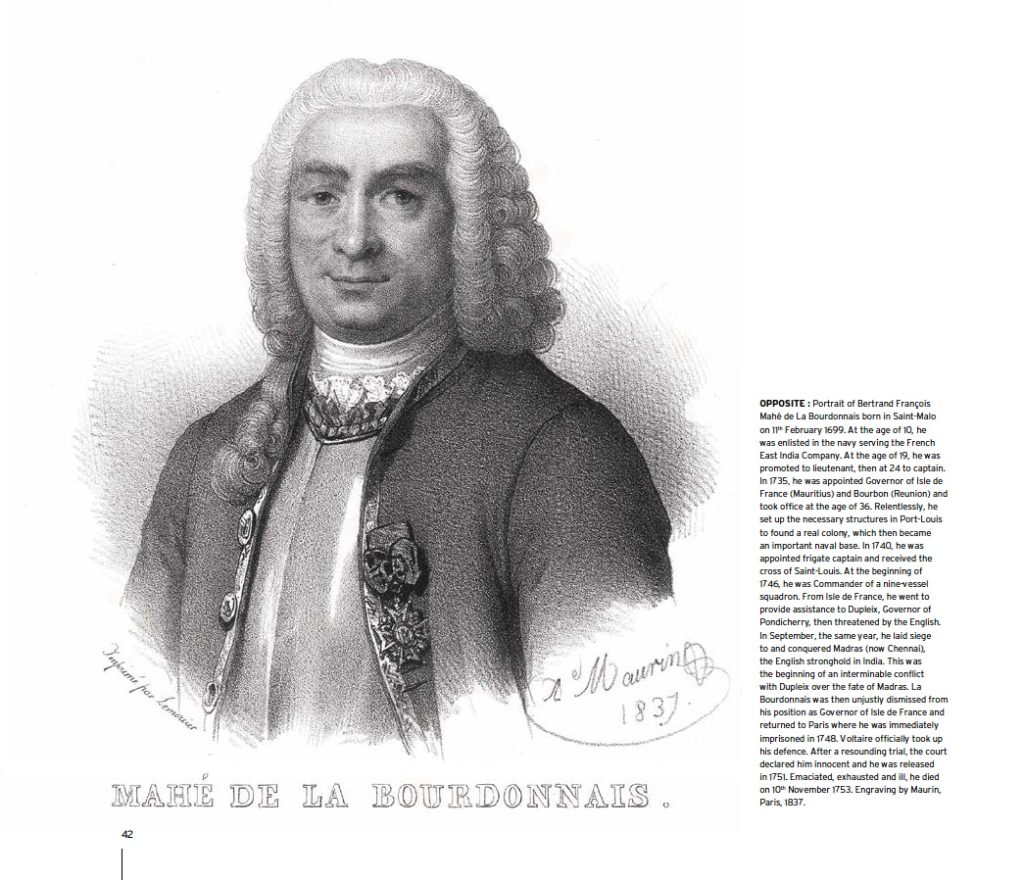
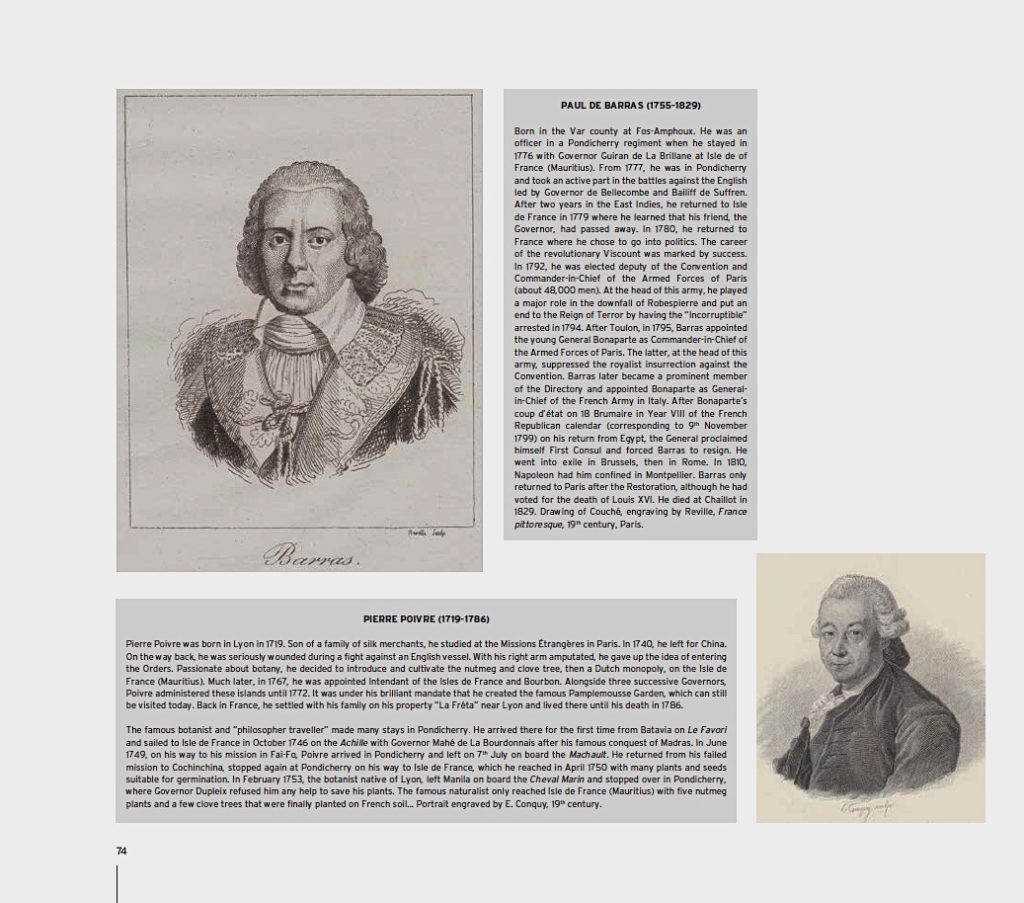
De plus, il y a aussi :
| à la page 90, une vue du centre ville de Lucknow en 1857 avec l’Entrée du palais du Nabab et la vie sur cette place devant le palais avec éléphants, chameaux, palanquin et chars à boeufs. À la page 122, un chef d’oeuvre de finesse en lithographie anglaise représentant un splendide éléphant carapaçonné, moyen de transport par excellence aux Indes au XIXe siècle. Et, à la page 137, un très rare document provenant d’une réédition de 1575… qui décrit en vieux Français le nord de l’Inde, plus précisément l’Himalaya et le fleuve sacré, le Gange. Texte rédigé par le très célèbre cartographe allemand Sebastian Munster (1488-1552). Et bien d’autre petites améliorations par rapport à l’édition française. |
